Highly elastic polyurethane fiber offering 500-800% stretch, superior recovery, and lightweight comfort. Ideal for sportswear, swimwear, socks, and fitted garments. Resistant to sweat, oils, and aging. Available in bare/covered/double-wrapped styles.
Spandex is the abbreviation of carbamate fiber, which is a kind of elastic fiber. Spandex is generally composed of multiple filaments, and advantage of spandex fabric is its good elasticity
Spandex yarn | |
SPEC | 8D 9D 10D 15D 18D 20D 25D 26D 27D 30D 35D 37D 40D 50D 55D 60D 70D 100D 105D 140D 210D 280D 420D 560D 720D 840D 1280D 1680D 2500D |
More specifications can be customized | |
In addition to being more resistant to high temperature than the rubber band, the elastic durability of spandex is also incomparable to the rubber band. All high-grade fabrics are made of spandex.
For example, clothes made of rubber fabric lose their elasticity after one year of wearing, while clothes made of spandex fabric still have good elasticity after five years of wearing.
Rubber is used for the core wire in the middle of the rubber band, and spandex is used for the yarn wrapping. It should be said that spandex is not only more resistant to high temperature than rubber, but also has elasticity and durability that cannot be compared with latex. All high-grade fabrics and fabrics are made of spandex. Of course, the cost of spandex is relatively high.
The main uses of spandex are as follows: men’s and women’s clothing, sportswear, swimsuit, tights, flower socks(short, medium and high socks), gloves, etc. Elastic belts, automobile, aircraft and other seat belts, lace, etc. Knee pads, wrist guards, elastic bandages, etc.
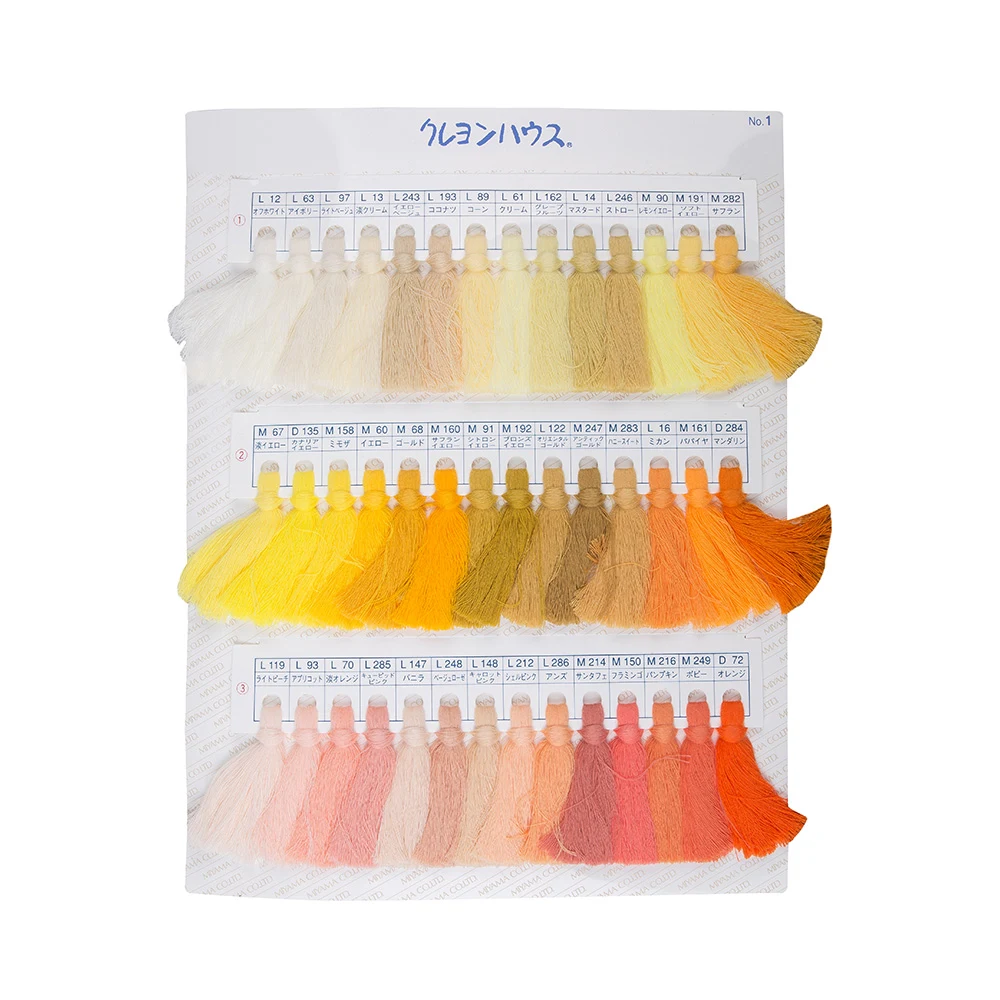
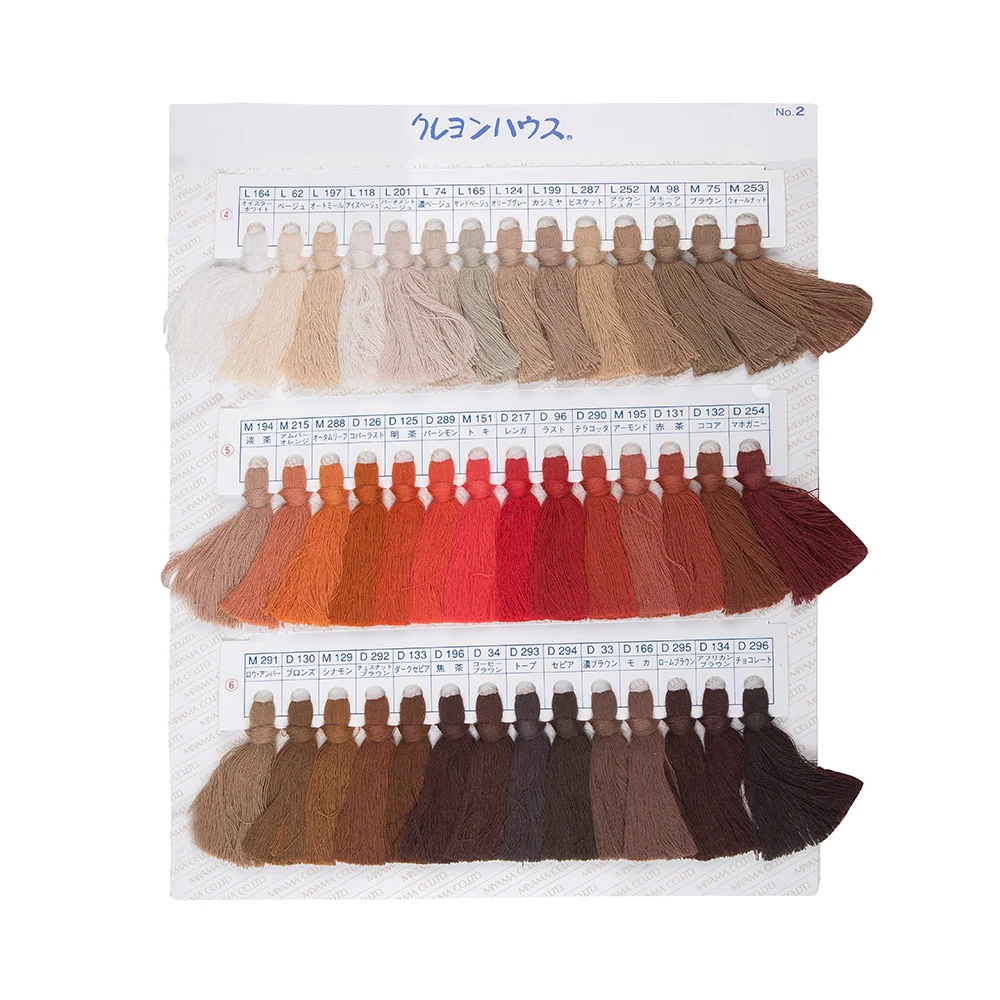

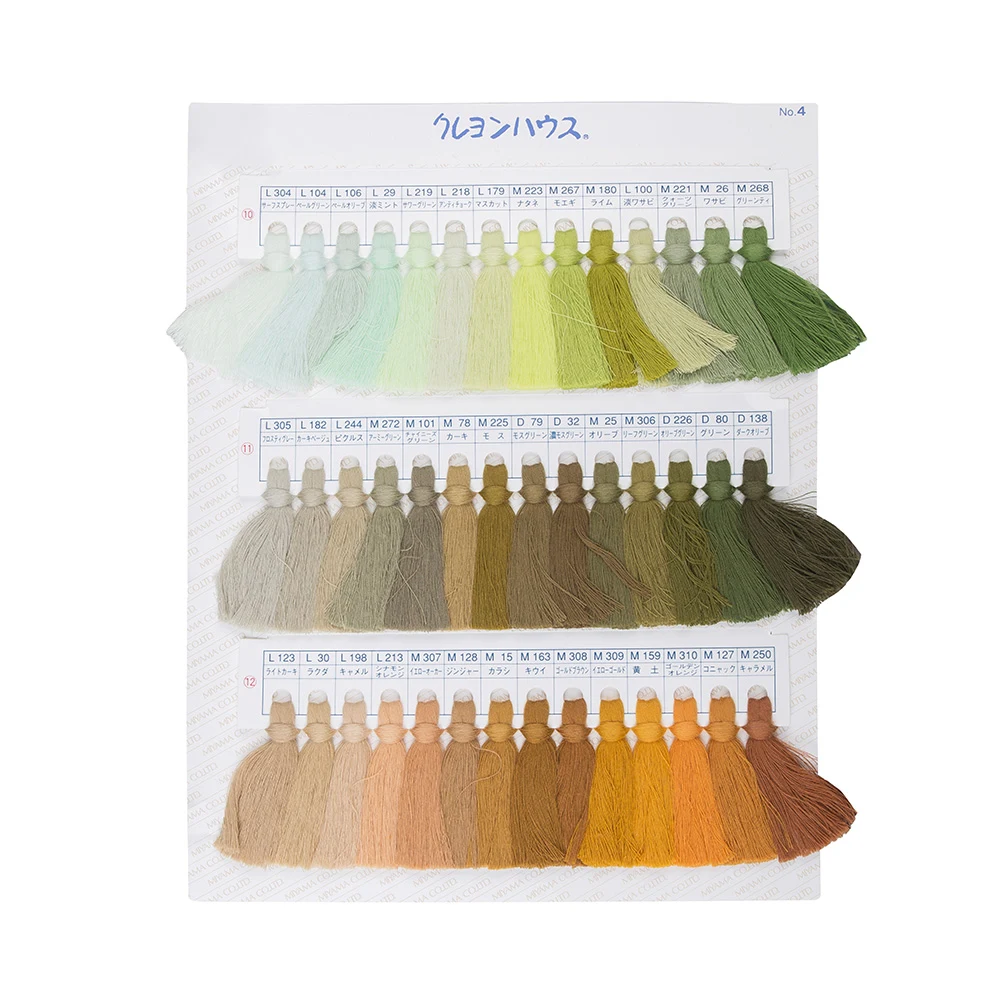


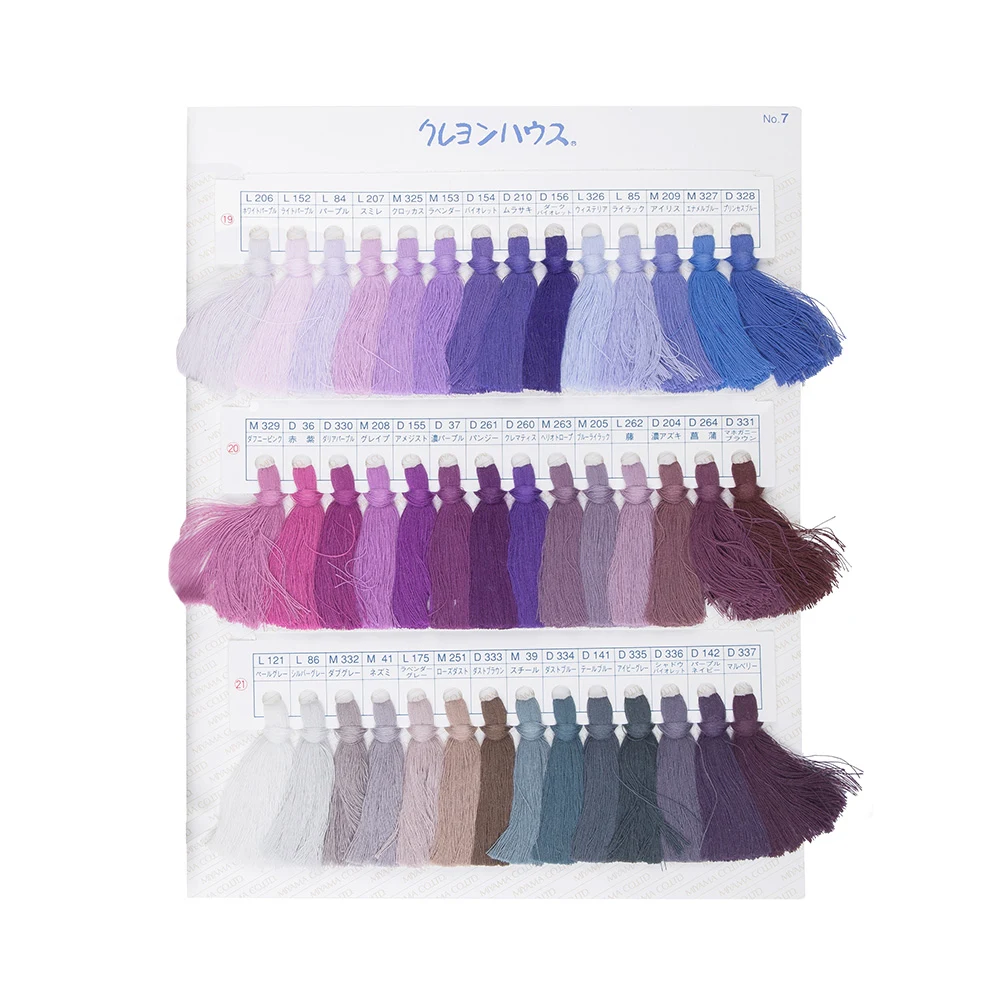
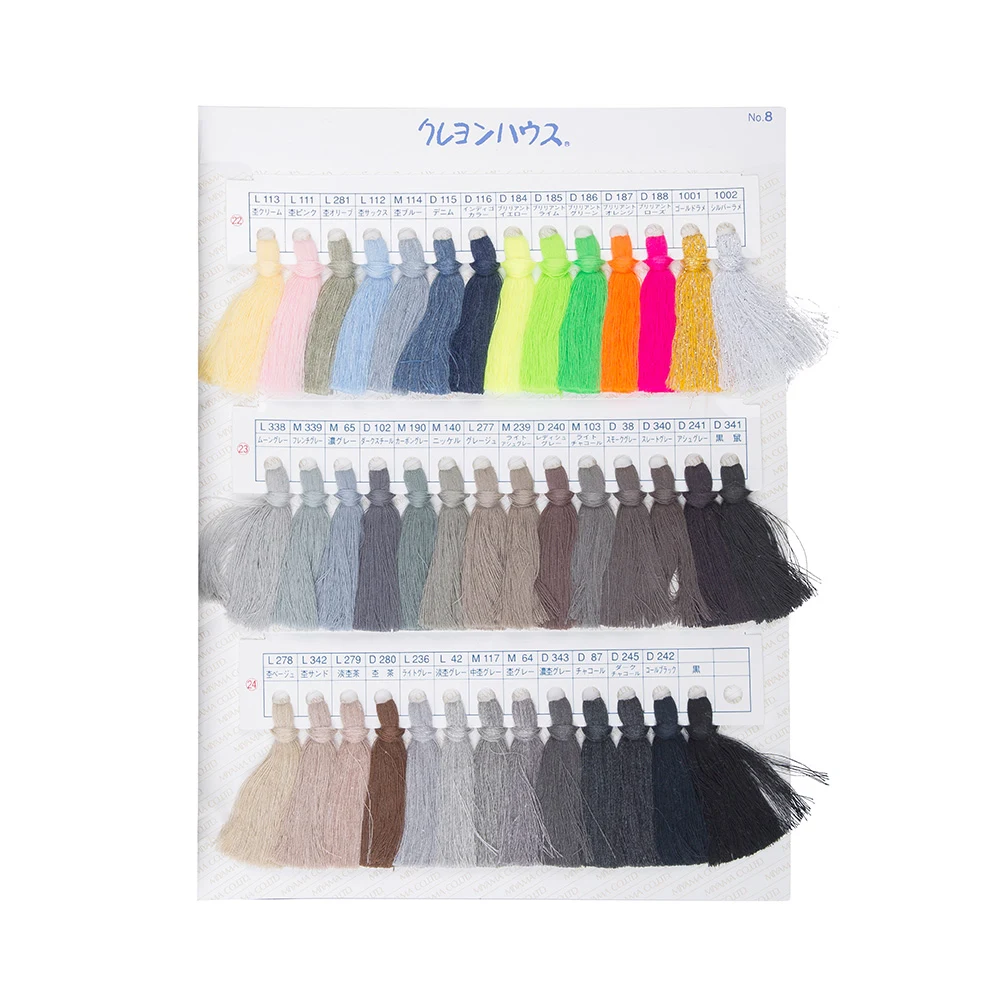
Our sock yarn collection offers exceptional softness, durability, and vibrant colors to bring your creative visions to life. Perfect for cozy socks and accessories, our yarn is available in a range of weights and patterns at competitive prices. Contact us today for your catalog and start creating beautiful, long-lasting pieces!

Copyright © 2024, JWSOCKYARN. All rights reserved.